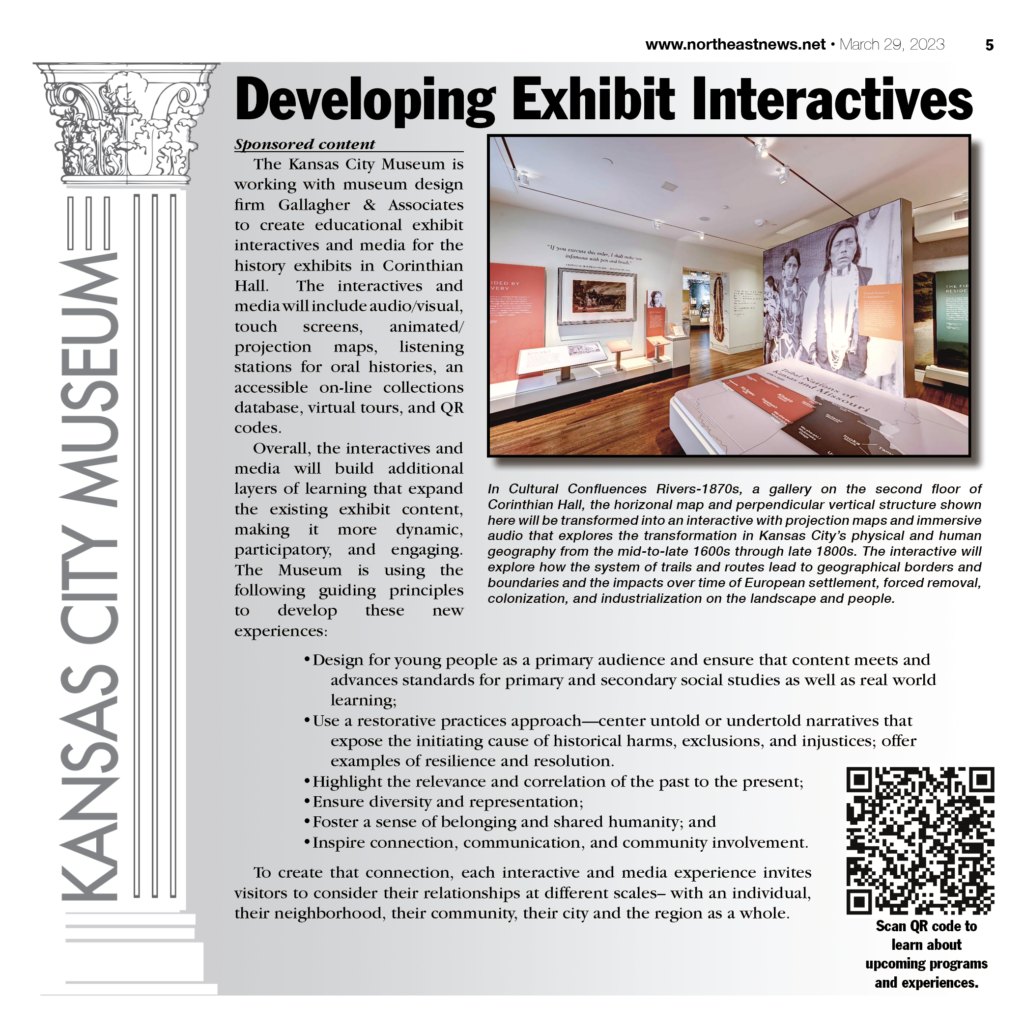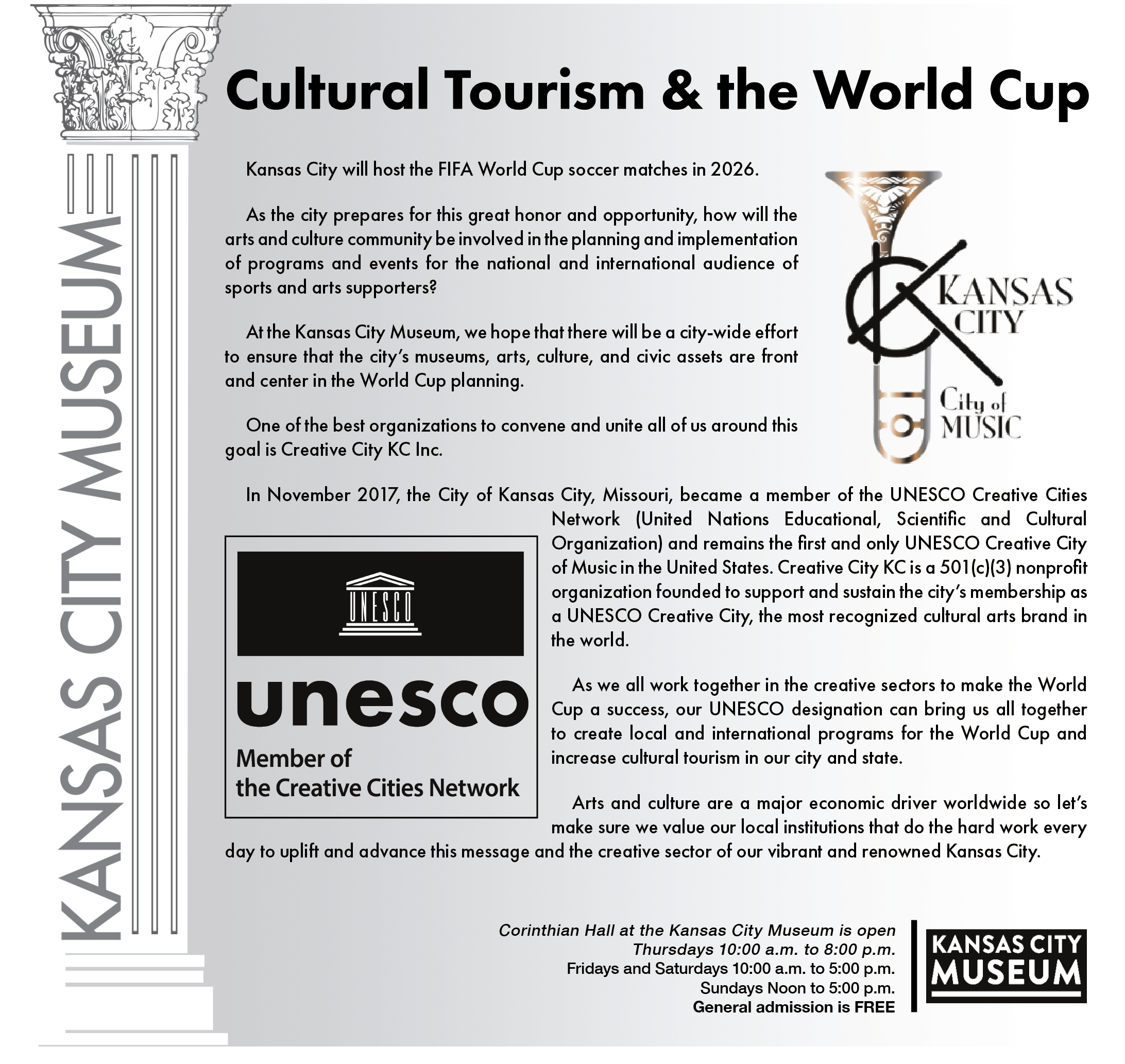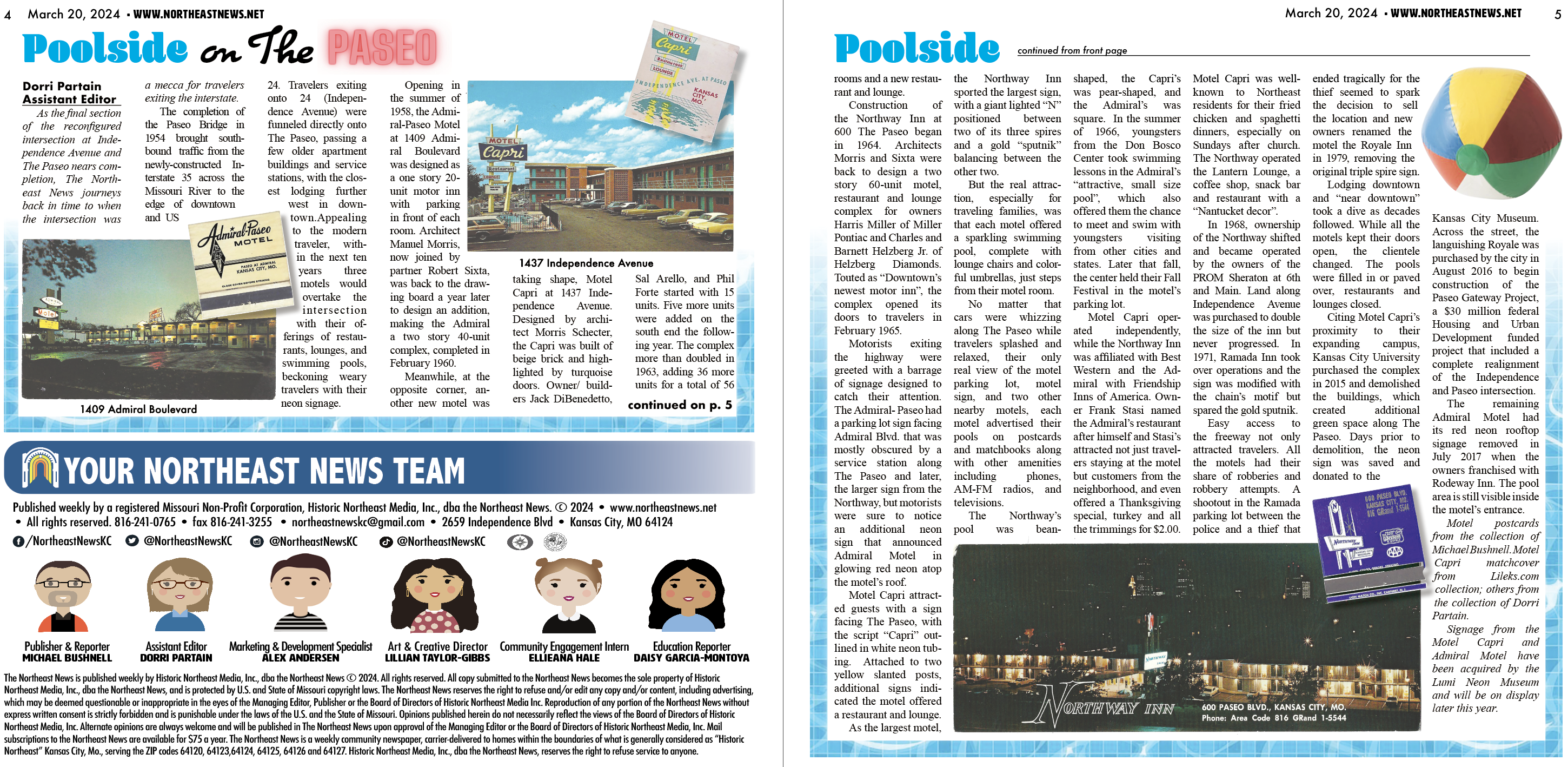
Sponsored content
The Kansas City Museum is working with museum design firm Gallagher & Associates to create educational exhibit interactives and media for the history exhibits in Corinthian Hall. The interactives and media will include audio/visual, touch screens, animated/projection maps, listening stations for oral histories, an accessible on-line collections database, virtual tours, and QR codes.
Overall, the interactives and media will build additional layers of learning that expand the existing exhibit content, making it more dynamic, participatory, and engaging. The Museum is using the following guiding principles to develop these new experiences:
•Design for young people as a primary audience and ensure that content meets and advances standards for primary and secondary social studies as well as real world learning;
•Use a restorative practices approach—center untold or undertold narratives that expose the initiating cause of historical harms, exclusions, and injustices; offer examples of resilience and resolution.
•Highlight the relevance and correlation of the past to the present;
•Ensure diversity and representation;
•Foster a sense of belonging and shared humanity; and
•Inspire connection, communication, and community involvement.
To create that connection, each interactive and media experience invites visitors to consider their relationships at different scales– with an individual, their neighborhood, their community, their city and the region as a whole.



















